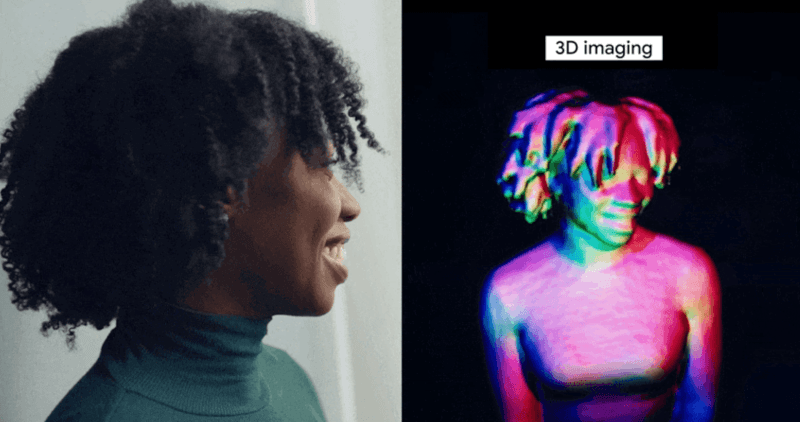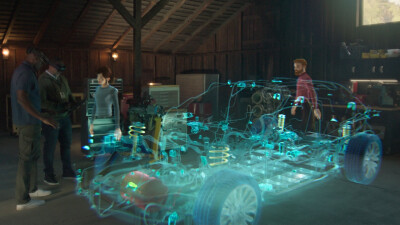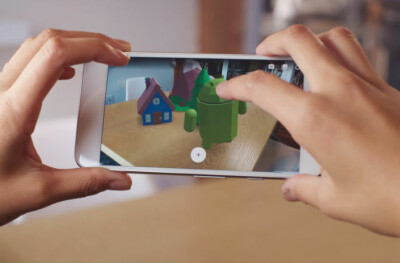This week is the Google I/O developer conference, Google has so far announced updates to wearable tech, Android phones and, a new area of development: 3D video chatting. Described under the name “Project Starline”, the technology was demonstrated in a video (shown below) where participants sit in a booth and view a rendering of who they are speaking to on the other end.
By utilizing both 3D imagery (through an undisclosed sensor array) and a new type of 3D display, Google has created a prototype video calling booth that is trying to make video calls and connecting with others as realistic as possible, even when not co-located.
While this technology seems like it would have been born out of the isolation and remote work that COVID-19 has ushered in, the reality is that Google has been making acquisitions and testing out other pieces of this technology for quite some time. This working prototype is merely the first culmination of a lot of research put together in one place.
In the presentation at I/O, Google CEO Sundar Pichai explained that the technology for Starline is possible due to a combination of depth sensors and high-resolution cameras.
In a blog post, Google VP Clay Bavor outlined some of the leaps that are making the prototype possible:
“To make this experience possible, we are applying research in computer vision, machine learning, spatial audio and real-time compression. We've also developed a breakthrough light field display system that creates a sense of volume and depth that can be experienced without the need for additional glasses or headsets.The effect is the feeling of a person sitting just across from you, like they are right there.“
From previous experiments in “volumetric video” where moving images can be captured as 3D models, to the now-shuttered Project Tango 3D scanning smartphone, to the development of uDepth sensors and the acquisition of Lytro, makers of 3D cameras who were dissolved in 2018, Google has been dabbling in 3D for quite some time.
As is par for the course with Google, as this is a research project, there are no dates or pricing associated with this prototype. It’s also unclear whether it would be aimed at consumers for chats with distant family members, similar to Facebook’s Portal system or if it would be a replacement for Polycom-type devices in office suites, or merely provide a better and more human-like way to work away from the office.
There could be potential for enterprise use as well. As we saw earlier this year with the announcement of Microsoft Mesh - co-presence for collaboration is becoming a hot area of focus. As various mixed reality technology increases its utility, it only makes sense that companies would be investing in ways for us to virtually collaborate with a more realistic experience.
It will be interesting to see whether this leads to the development of a purchasable product, or if it is yet another stepping stone on Google’s path to other mixed reality applications.






